Non-standard entrance metal doors
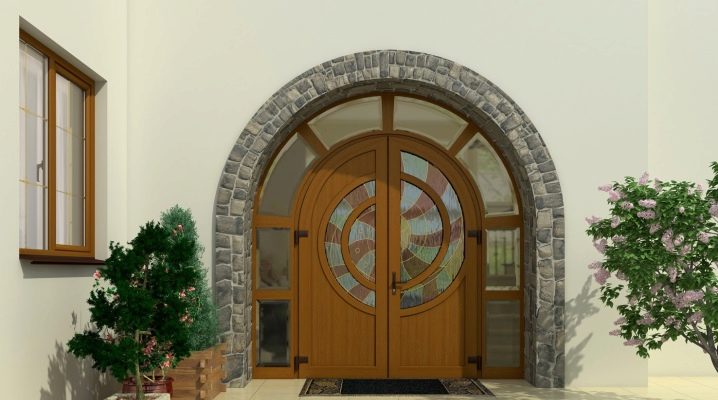
Entrance doors are a necessary element of any premises, be it a private house, office or apartment. Their main functions are the aesthetic design of the entrance opening and protection of the interior space from unauthorized entry, noise and cold. All these functions are brilliantly handled by non-standard entrance metal doors, which are becoming more and more in demand every year.
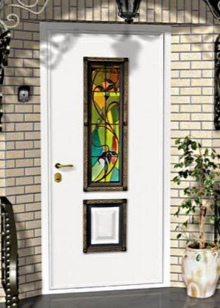
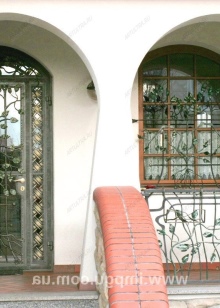
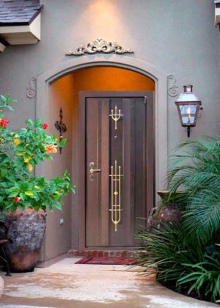
Non-standard metal doors: original and durable design of the entrance opening
As a rule, all metal doors have a strictly defined shape and dimensions established by special standards. All products that do not fit into these shapes and sizes are non-standard.
Most often, non-standard doors are used in suburban residential buildings, cottages and non-residential premises (shops, offices), built according to individual projects, but can be installed in typical buildings, for example, after redevelopment. Installation of non-formatted structures is possible as needed (if the doorways are wider or narrower than standard sizes) or at will (home decoration with an unusual original door).
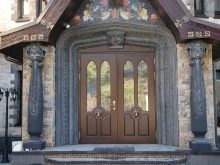
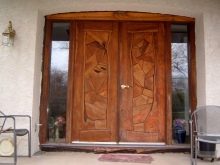
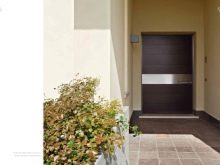
Peculiarities
Non-standard iron or steel doors are made according to special sketches and according to certain rules, therefore have a number of distinctive features.
- Additional door hinges for increased structural reliability;
- Increased number of stiffeners;
- Forms of various configurations;
- Various opening systems.
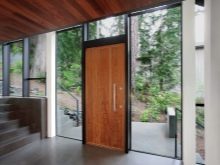
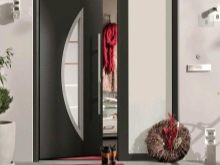
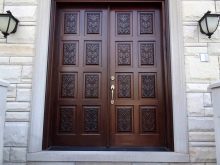
Moreover, all models also have the qualities inherent in conventional doors.
- Strength;
- Reliability;
- Good sound insulation;
- High thermal insulation properties.
In addition, non-standard designs have excellent aesthetic qualities and can be perfectly combined with any facade, complementing it and introducing unusual creative notes.
Another characteristic feature of such doors is their increased cost when compared with standard models. The latter often refers to the disadvantages of such designs.
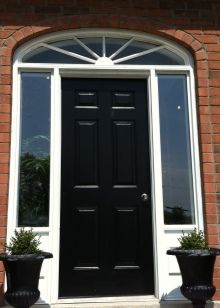
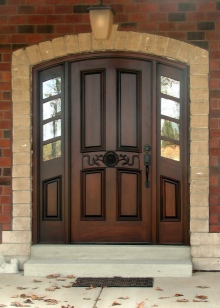

Main types
Unlike conventional door designs, the dimensions of non-standard door sizes can vary widely - from 0.5 m to 1.1 m in width and 1.8 to 2.5 m in height.
At the same time, like the standard options, the original doors are divided into categories.
- "Standard" with wood-like exterior and matching fittings.
- "Elite" - models with a reinforced frame and additional hidden hinges. Installation of a second lock is possible.
- "Premium" or "Lux" with a crossbar system and armor plates. They can be finished with natural wood of expensive species or equipped with high-strength glass inserts.
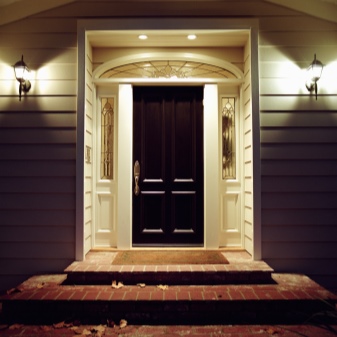
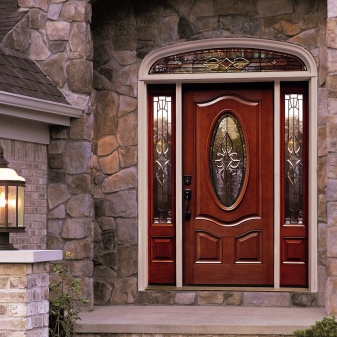
Separately, there are designer doors, the price of which depends not so much on quality as on the renown of the designer and the materials used.
Moreover, it is customary to qualify them according to several types.
- Street. Those that have direct contact with the street. Most often used in private homes.
- Apartment. Installed inside apartment buildings.
- Ceremonial. Option for administrative and public buildings. They can also be used in private cottages.
- Tambour. For vestibules in front of apartments to protect the section from unauthorized entry.
- Special. Heavy-duty doors made of bullet-proof and fire-resistant metal.
- Office. They are similar to apartment buildings, but with less safety requirements. Most often used to demonstrate the status of a company.
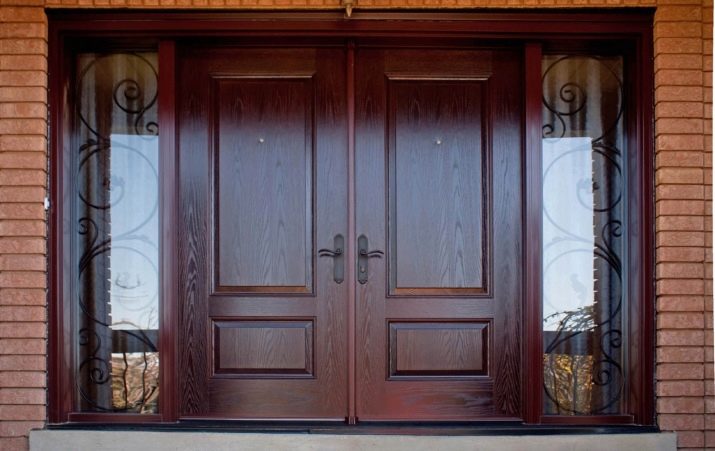
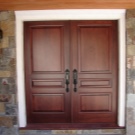
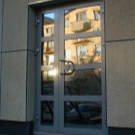
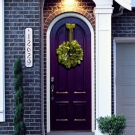

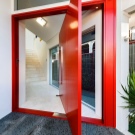
A wide choice is offered to customers in the external design of doors.
Most often, finishing is done using the following techniques and materials.
- Powder coating;
- Vinyl wrapping with leather inserts;
- Sheathing from MDF panels with and without milling;
- Natural wood;
- Forged elements decor;
- Bronze or patinated finish.

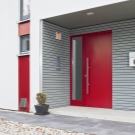
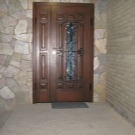

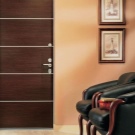
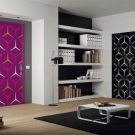
Models can also differ in their design features.
- Arched;
- With two or three leaves, as well as one and a half leaves;
- With opening transom or window.
Models with several sashes also differ from each other, since all sashes can be used in opening, or some of the elements remain stationary. In this case, the structures can open both inward and outward. There are models with a pendulum door opening system - in both directions.
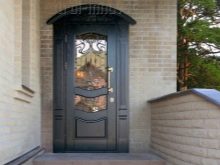
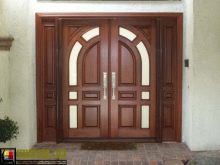
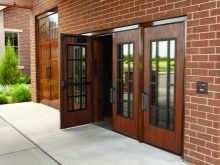
Selection rules
In order to choose the right entrance door of non-standard sizes, experts advise you to pay attention to the following points.
- The thickness of the metal in the door leaf.
- Features of the frame design.
- Protection level.
- The number of stiffeners (this plays a particularly important role in the large-sized model).
- Insulation materials used in the product (used only in expensive models). Mineral wool, various types of foam, felt or polyurethane foam can be used as heat insulators in the doors.
- Appearance. If the door will be installed in a private house, then it is important to ensure that it is combined with the design of the facade and the general appearance of the house. So, for a building made in a classical style, a model with glass inserts is suitable, and for a house in a Romanesque style, an arched structure with stained glass windows is suitable.
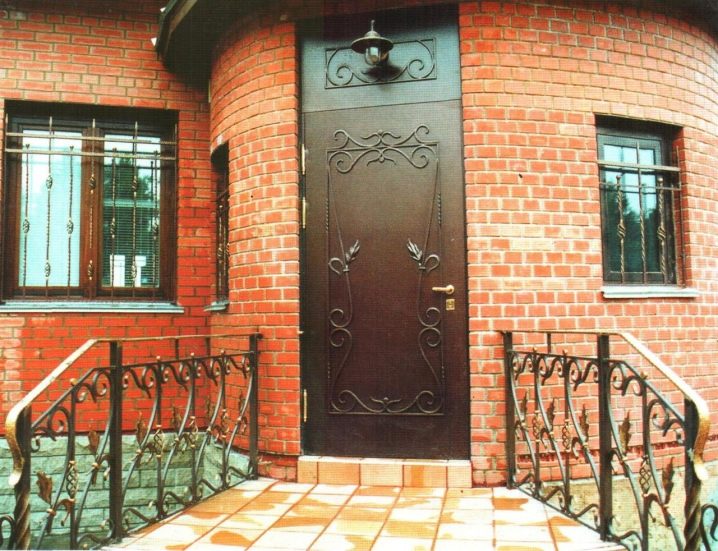
It is noteworthy that weight can become one of the quality indicators: a good metal non-standard door cannot be light. In addition, quality copies always have a certificate of conformity and a passport. The most important selection criterion is the coincidence of the dimensions of the door and the opening. In order to avoid problems during installation, it is necessary to make careful measurements, taking into account the presence of a door frame.
Acquisition methods
Based on demand, many modern manufacturers offer customers models of non-standard door designs that can be purchased in stores. Another option is to make custom-made doors in specialized firms. This option has several advantages. In particular, you can order a door of any shape, while it will precisely, without fitting, fit into the opening that was prepared for it.
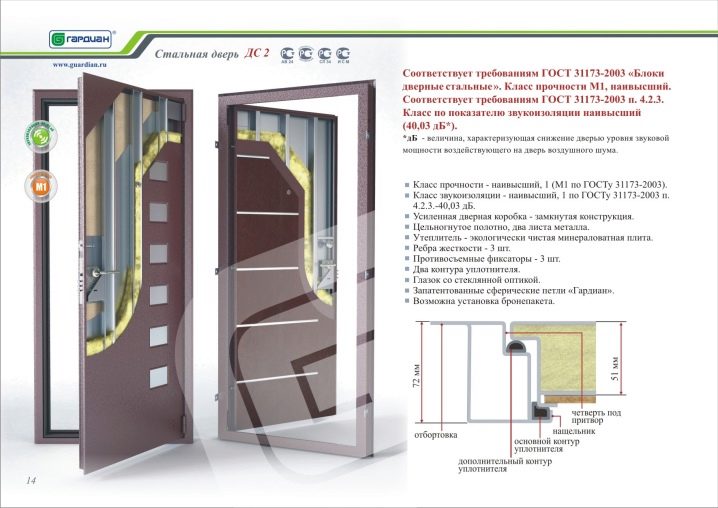
Installation
Even standard doors are not easy to install, and non-standard ones are even more difficult. Every detail is important here. In many respects, it depends on the installation how long the door will last and how reliably it will protect the inhabitants of the house from external factors (noise, cold, unauthorized entry).
Installation of the structure consists of several stages.
- Installation of the frame;
- Fastening glass elements or mirror inserts (if any) with glue;
- Assembly of the door mechanism, which includes the installation of the frame and rails;
- Testing that verifies the operation of all systems.
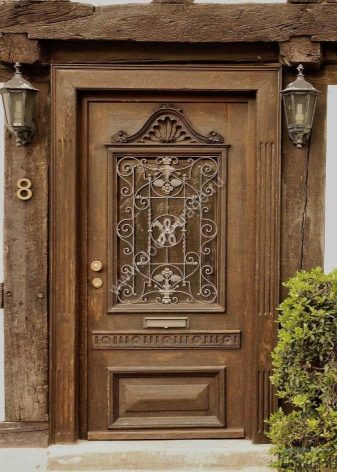

When installing, it is important to remember that in residential premises, entrance doors are installed so that they open outward.
This installation method has a practical basis: they cannot be knocked out, and they will not clutter up the interior space when opening. In public buildings, on the contrary, according to safety requirements, the door must swing inward.
If everything is done correctly, the entrance door structure will serve its owners for many years and will reliably protect in any situation.
The video provides an overview of custom entrance doors.













The comment was sent successfully.